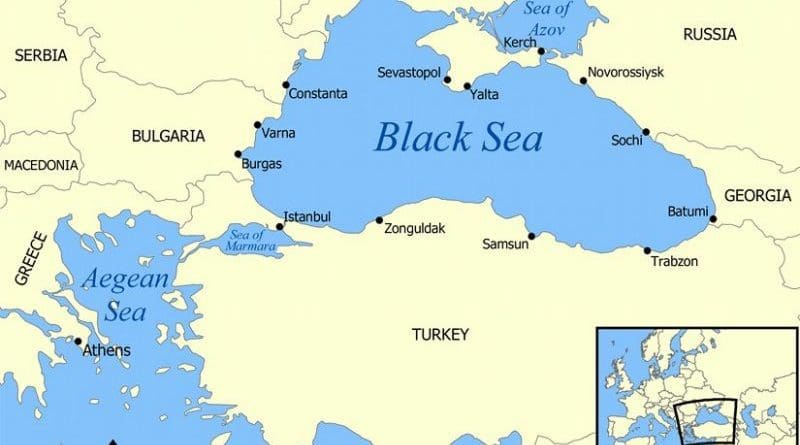NATO’s Future Eastern Frontier: Historical Pattern – OpEd
By Prof. Dr. Tedo Dundua and Dr. Emil Avdaliani
Nowadays, NATO’s Eastern frontier stretches from the Baltic Sea to the Western shores of the Black Sea. If aspirant countries, such as Ukraine and Georgia, become member of the Alliance, the latter will encompass nearly all shores of the Black Sea.
It is still unclear what the Western strategy for the sea will be, how it should deal with the Russian expansionism and what role Georgia will be playing in this game. But this scenario – of one power dominating the nearly all Black Sea shores – though unrealistic for many skeptics, has historical examples going back many centuries.
Indeed, in the 10th c. eastern frontier of the so-called “Byzantine Commonwealth” was fixed along Eastern (Georgia) and Northern shores of the Black Sea, the Dnieper River (Kyivan Rus), towards the Baltic Sea. Georgia, ally of Byzantium, had good relations with Commonwealth’s newly added states. Those links are well attested by findings of the Georgian coins. How the Byzantines viewed the wider Black Sea region could, therefore, serve as a guiding principle for the collective West in formulating their strategic outlook for the region in the wake of the war in Ukraine and the shifting balance of power in Eurasia.
The initiator of the Georgian coinage inspired by Byzantine style was David III Kuropalates, seignior of Imier Tao, a part of historical Southwestern Georgia. Below we have his silver coin with cross potent and Georgian legends (inscription), issued in 979.
Only four specimens are known from this emission.
From the 4 specimens now discussed none of them was found in Georgia. They were discovered far away from there, in Russia, Estonia, Germany and Sweden (Near St. Petersburg, place Lodeinoe Pole, Russia; place Völlja, Estonia; Mecklenburg-Schwerin, place Schwaan, Germany; Gotland, Dalhem, Hallfose II, Sweden). How did they find their way to those regions? Two hypotheses exist concerning this item:
- Typologically these coins are very close to almost synchronous Byzantine silver pieces of Basil II (976-1025) and Constantine VIII, and they have the same weight and standard. So, it was good money and could circulate everywhere together with Byzantine currency. Merchants from Kyiv used to come to Constantinople regularly and then they took the silver pieces of David Kuropalates to Europe
- Trading contacts between Georgia and Kyivan Rus must account for the findings of these coins on the territory of Europe, effected via Tmutaracan (modern Taman Peninsula), this view being corroborated by other evidence as well. A rare Tmutaracanian piece was found in Georgia – the imitation of Byzantine silver money.
http://geonumismatics.tsu.ge/en/catalogue/types/?type=40;Tedo Dundua. History of Georgia. Tbilisi. 2017, pp. 176-190 https://www.academia.edu/35768659/History_of_Georgia


